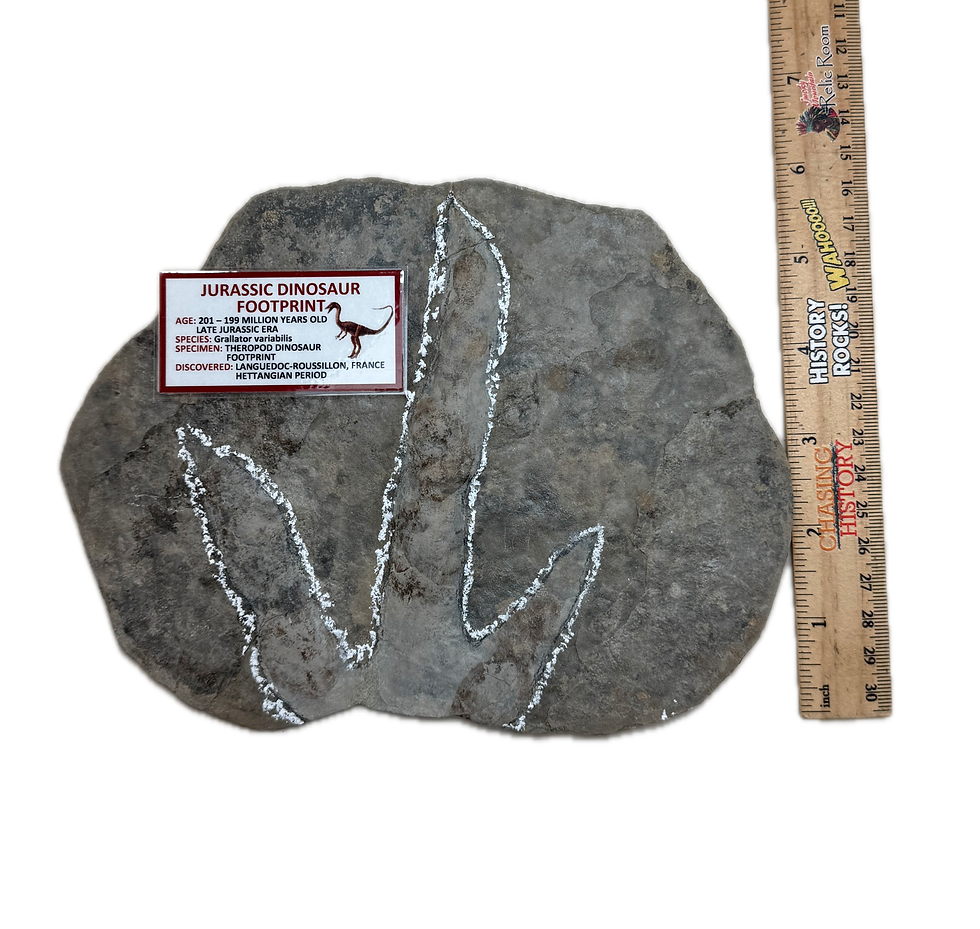The shards are roughly 2 - 3 inches in length each, shards are chosen at random.
Vivianite is a mineral that holds significance in various fields due to its unique properties and characteristics. This briefing provides an overview of vivianite, highlighting its chemical composition, physical properties, common uses, and its importance in different contexts.
Chemical Composition and Formation: Vivianite has the chemical formula Fe₃(PO₄)₂·8H₂O, indicating its composition of iron, phosphate, and water molecules. It is a secondary mineral formed through the interaction of iron-rich solutions with phosphate minerals in reducing environments. Vivianite commonly forms in aquatic environments with low oxygen levels, such as in sediment layers of lakes, swamps, and marshes.
Physical Properties:
- Color: Vivianite is known for its striking blue to bluish-green color, often resembling shades of turquoise.
- Crystal Structure: It crystallizes in the monoclinic crystal system, forming prismatic or tabular crystals.
- Luster: Vivianite exhibits a vitreous to pearly luster on its cleavage surfaces.
- Hardness: Its hardness on the Mohs scale is relatively low, typically around 1.5 to 2.5.
- Density: The density of vivianite varies, but it is generally heavier than water.
Common Uses and Applications:
- Mineral Collecting: Vivianite's vibrant blue color and crystal formations make it a sought-after mineral among collectors and enthusiasts.
- Pigments: Historically, vivianite was used as a pigment in art and paint due to its attractive blue color.
- Archaeology and Paleontology: Vivianite crystals can form on bones and fossils in certain conditions, providing insights into the preservation and mineralization processes.
- Environmental Indicators: The presence of vivianite in sediment layers can serve as an indicator of past environmental conditions, including the oxygen levels in aquatic ecosystems.
- Research: Vivianite's formation and properties are of interest to researchers studying geochemistry, mineralogy, and the processes of sedimentary mineral formation
Environmental Considerations: Vivianite's formation is closely tied to environmental conditions, particularly the availability of iron and phosphorous in aquatic ecosystems. Its presence or absence can provide clues about the historical state of these environments and changes over time.
Conclusion: Vivianite's alluring blue color and its formation in unique environmental conditions contribute to its importance in various fields. From mineral collecting to its significance in environmental research, vivianite offers valuable insights into Earth's history and natural processes. Its distinctive properties and uses make it a fascinating mineral for both scientific and aesthetic exploration.
Vivianite Chunks
Smoky Mountain Relic Room offers a 30 day return policy with proof of purchase.
-Limited Lifetime Authenticity Guarantee-
The Smoky Mountain Relic Room stands behind the items we sell with a limited lifetime guarantee. We will exchange any item for store credit if the item sold is found by a certified authenticator not to be the authentic artifact, fossil, meteorite, or mineral that we advertised it as being. A letter, specific to the artifact, fossil, meteorite, or mineral in question, from a certified authenticator (in the business under the occupation-specific to the item in question), must be brought in with the item for the return to be acceptable. This guarantee is for the lifetime of the initial purchaser only. See the Relic Room Manager, downstairs inside Smoky Mountain Knife Works, for more information. Original receipt required for exchanges.























